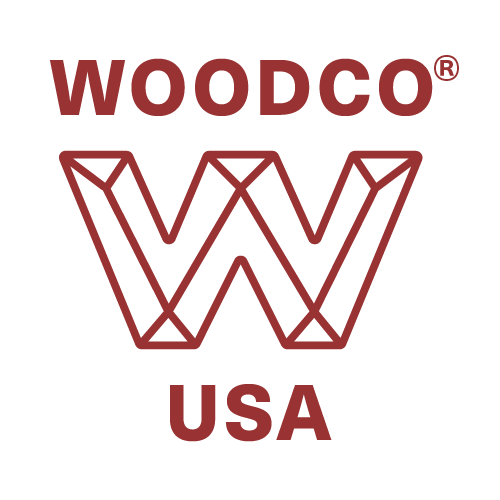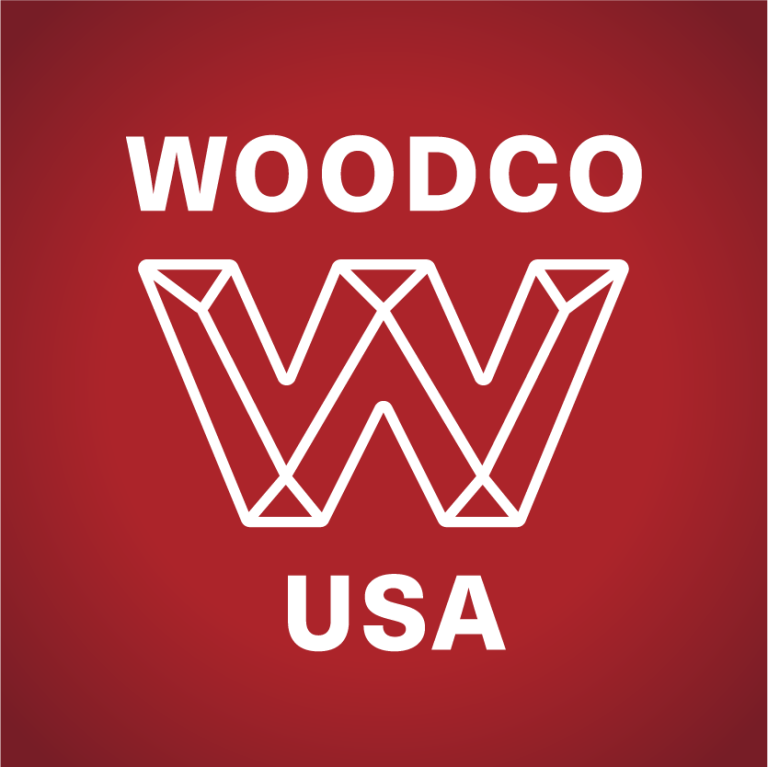In the middle 1950’s operators in the oilfield industry began seeking faster and more adaptable ways to join connectors on pressure control equipment. Two major manufacturers developed and sold equipment that utilized a hub and clamp connector design.
Gray Tool Company introduced their GRAYLOC design using their own proprietary seal ring that had no relation to previous API ring gaskets, this design caught on well and remains popular today with process operators.
 |
| Grayloc illustration showing Hubs and Gasket joined |
Cameron Iron Works introduced a similar concept but Cameron maintained the familiar API ring grooves, mixing the old with the new, assuring their industry acceptance for Well Head and Drill Through applications, and laying the foundation for the API Spec 16A Clamp connections used today. Cameron’s innovative connection utilized the proprietary Cameron “self-sealing seal ring”, now adopted as the current API Spec 6A type RX pressure energized ring gasket. This unique design allowed 17 clamps identified by numbers 1 through 17 to join 29 different size and pressure rated hub connections. Owners of existing API flanged equipment could, by machining only, convert an existing API flange to a Cameron hub connection. Cameron advertised this clamp connection as “fast to make-up and convenient to use.” The 360° infinite rotation of this type of connection, not advertised but soon recognized, also offered a solution to many spacing and arrangement problems.
 |
| Illustration showing early Camloc Hub design joined with RX Gasket (showing face separation) |
At the time of introduction, Cameron manufactured clamps (clamp bodies) from cast steel in two configurations, Stud Bolt (with through bolts, 2 or 4 with 2 nuts each) and Swing Bolt (with eye bolts, one or two, connected by a pin to each clamp half). See photographs below for examples of cast steel swing bolt clamps.
 |
| #12 Swing Bolt Clamp Fits 16-3/4″ 2M Hubs |
 |
| #13 Swing Bolt Clamp Fits 13-5/8″ 5M and 11″ 10M Hubs |
Various improvements occurred from the time that Cameron introduced this connection until its adoption by API Spec 16A in 1986. Prior to 1968, all Cameron hubs had conventional “R” type ring grooves and all hubs utilized the Cameron “self-sealing seal ring”, the same as today’s RX ring gasket. All hubs had stand-off equal to that of flanges utilizing the same numbered RX ring gasket. Stand-off between hubs presented an opportunity for criticism of the design so Cameron made a major change in design for all sizes and pressures.
In 1968, Cameron introduced new hubs with ring grooves to accept BX ring gaskets with face to face make-up for many nominal sizes. Operators could join all these new hubs using the same numbered clamps as before. Problems with lack of hub interchangeability seemed small when compared with face to face make-up greatly improving bending resistance and seal reliability. Cameron began offering forged steel through bolt clamps in all sizes in 1982.
In 1978, API introduced specifications for 5,000 and 10,000 psi working pressure hubs and clamps in API Spec 6A, 11th edition. These clamps and hubs, proposed and originated by committee, had no previous history of manufacture or use. All of these connectors utilized RX ring gaskets and had deep ring grooves that allowed face to face make-up. This API hub and clamp system remained in the API Spec 6A document from the 11th edition through the 14th edition. Although these hubs and clamps had the backing of the API organization, they would not interchange with the widely accepted Cameron hubs and clamps. Cameron’s dominant market position regarding this form of connection proved insurmountable and few of these hubs and clamps were ever made. API discontinued these connectors with the publishing of API Spec 6A, 15th edition, in 1986.
In the mid 1980’s API began the work of creating API Spec 16A, for Drill Through Equipment; API wanted to include industry accepted clamp hub equipment in this Spec and enlisted the help of Cameron for this purpose.
In the course of reviewing the design of Cameron hubs, API chose to eliminate a few sizes that had stress levels which exceeded the conservative values desired for an industry specification. For the few remaining hubs that still utilized RX ring gaskets API re-dimensioned the ring grooves and designated these ring grooves as “SR.” SR ring grooves have a smaller pitch diameter than older style deep ring grooves. This smaller pitch diameter places the RX ring gasket in greater radial compression (compression around its diameter) enhancing its “pressure energized characteristic” after make-up.
The 1st edition of API Spec 16A became effective in 1986 and included specifications for hubs consistent with hubs manufactured by Cameron, minus a few. Those hubs that utilize RX ring gaskets with SR ring grooves have the designation 16B hubs, while those that utilize BX ring gaskets have the designation 16BX hubs.
 |
| Illustration showing 16A Clamp and Hubs, joined face to face with BX Ring Gasket |
API Spec 17D, 1st edition, appeared in 1992. This specification identified many existing API hub connections as suitable for subsea applications and required that connections for such service have ring grooves manufactured from, or inlayed with, corrosion resistant alloy. Spec 17D also introduced SBX ring gaskets designed to allow reliable make-up of hub connections underwater.
Ring gaskets used in hub connections have all the same performance characteristics they have when used in flange connections. For more information about ring grooves and ring gaskets, see Field Appraisal of Ring Grooves, Ring Gasket Selection and Ring Gasket Handling and Inspection in the About Flanges section of this Web Site.
API provided no specification or design criteria for clamps in the 1st edition of Spec 16A, but noted that a later edition would contain that information. API Spec 16A, 3rd edition, provides design criteria but no dimensions. Using this design criteria, and additional design criteria obtained from another source, WOODCO USA currently manufactures high quality forged steel clamps along with many types of hub connection equipment. See photograph below of a current style WOODCO USA forged steel clamp.
 |
| WOODCO USA # 14 Clamp Assembly with Xylan coated bolts, nuts and spherical washers. Fits 16-3/4” 3M Hubs. |

